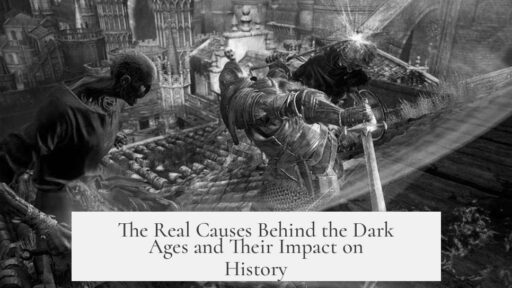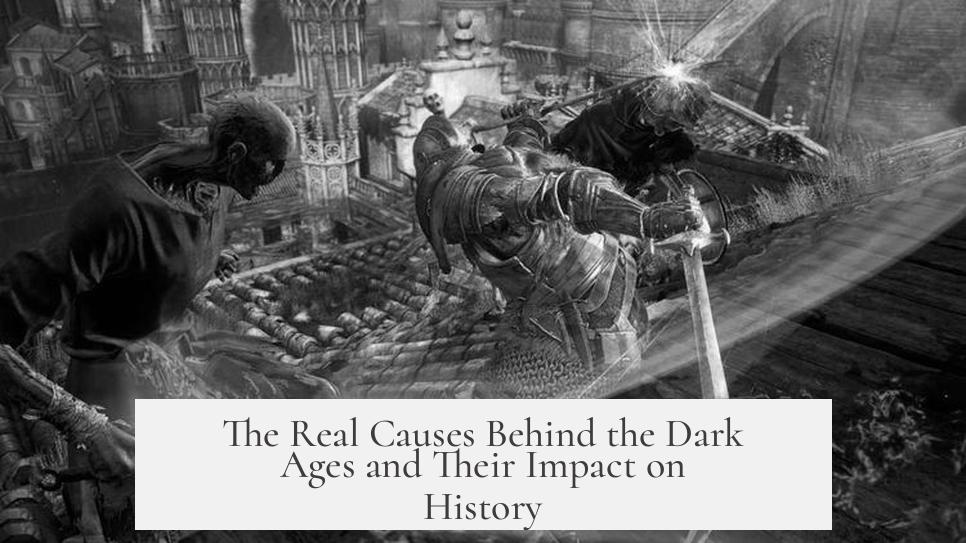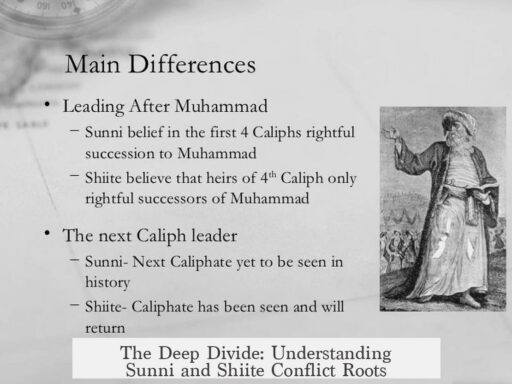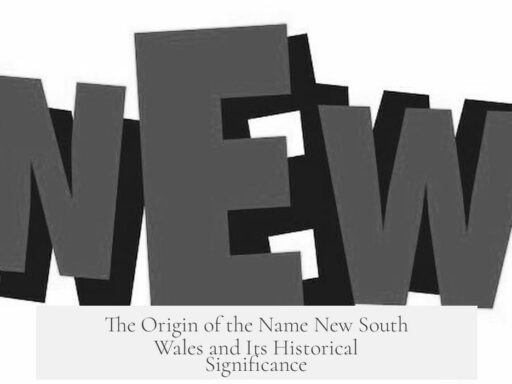The real cause of the Dark Ages was the collapse of the Roman Empire, which led to political fragmentation and decentralization across Europe. This loss of a unifying authority triggered invasions by groups like the Goths and Vikings. Europe splintered into many smaller kingdoms with weak, often nominal rulers. This period did not manifest the dramatic intellectual decline many assume but rather suffered from fewer surviving documents due to instability.
The term “Dark Ages” is largely rejected by modern historians. They argue it obscures the cultural and intellectual advancements that occurred during the medieval period, which spans roughly a thousand years. Instead, terms like “medieval period,” “early medieval,” or “high middle ages” better reflect the diversity and complexity of that epoch.
The fragmentation following Rome’s fall disrupted centralized governance. The resulting decentralized kingdoms often lacked the coordination and resources to produce or preserve extensive literature and historical records. This scarcity has contributed to the misconception of a “dark” era devoid of progress.
Despite this, intellectual activity continued within monasteries and the Church. The Catholic Church remained the sole pan-European institution capable of maintaining some continuity. One notable revival was the Carolingian Renaissance under Charlemagne, who promoted reforms and education. However, after his empire divided among his sons, decentralization returned.
Popular ideas linking the rise of Christianity to the decline of knowledge are misleading. Christianity’s spread did not cause cultural darkness. Instead, Renaissance historians, favoring classical antiquity, propagated the notion of a dark age to elevate their own era.
“Snooty Renaissance historians who thought only classic culture was important are what caused the dark ages.”
Outside of possibly Britain, no true “dark age” occurred. The reality involves complex shifts in political power, invasions, and the ebb and flow of intellectual life rather than a simple collapse of civilization.
- The fall of Rome fractured Europe politically.
- Invasions by barbarians intensified decentralization.
- Fewer historical documents survive from the period.
- Monasteries and the Church preserved knowledge.
- The Carolingian Renaissance marked an intellectual revival.
- The term “Dark Ages” is outdated and misleading.
- Christianity’s rise did not cause cultural decline.
What led to the so-called Dark Ages after the fall of Rome?
The real cause was political fragmentation. The Roman Empire collapsed, and Europe split into multiple small kingdoms, often under weak rulers. This decentralized power led to instability and fewer records.
Did the rise of Christianity cause the Dark Ages?
No, it did not. The idea that Christianity caused the Dark Ages is mistaken. The notion was popularized by Renaissance historians who favored classical culture over medieval developments.
Why is the term “Dark Ages” considered misleading?
Because significant advancements happened during this time. Intellectual life continued, especially in monasteries and the church. The period laid groundwork for the Renaissance, so “medieval” or “middle ages” are preferred terms.
Were there any intellectual revivals during the early medieval period?
Yes. For example, the Carolingian Renaissance under Charlemagne brought reforms and educational efforts to centralize knowledge. However, this was temporary, and decentralization returned after his empire was divided.
Why do we have fewer historical documents from the early medieval period?
Political chaos and invasions disrupted record keeping. Without a strong central government like Rome, many documents were lost or not produced, making that era seem less documented than others.




